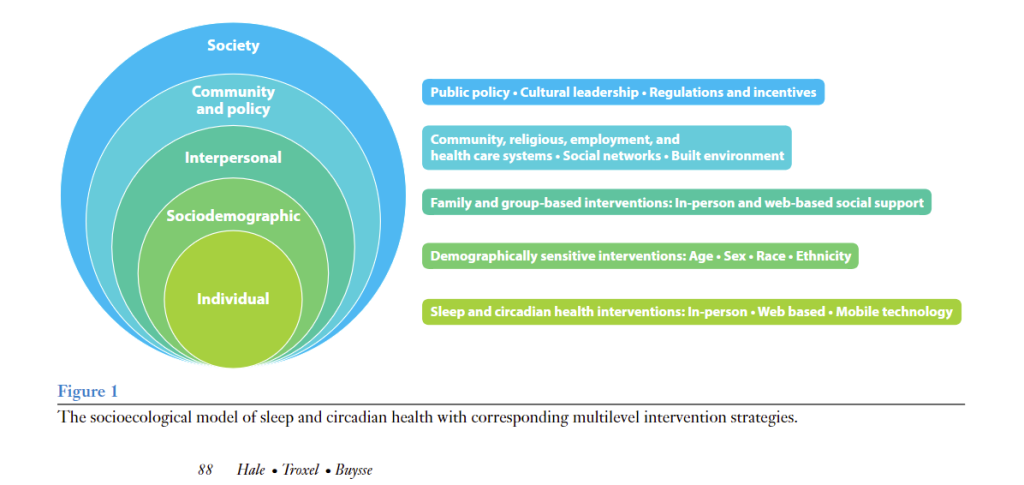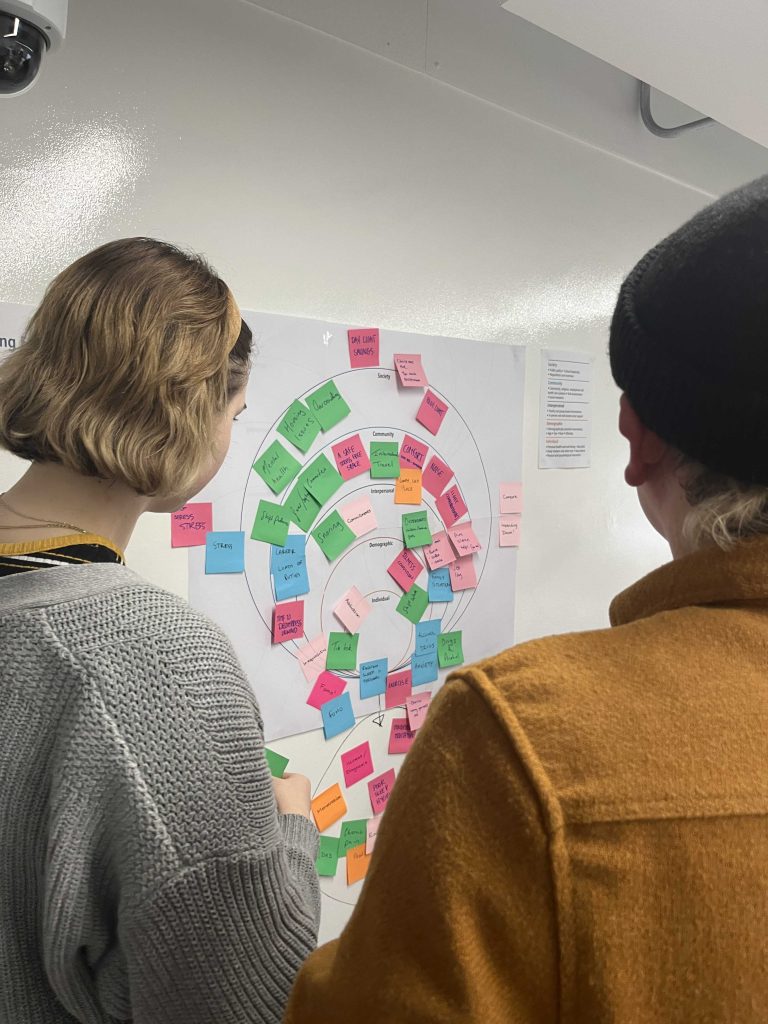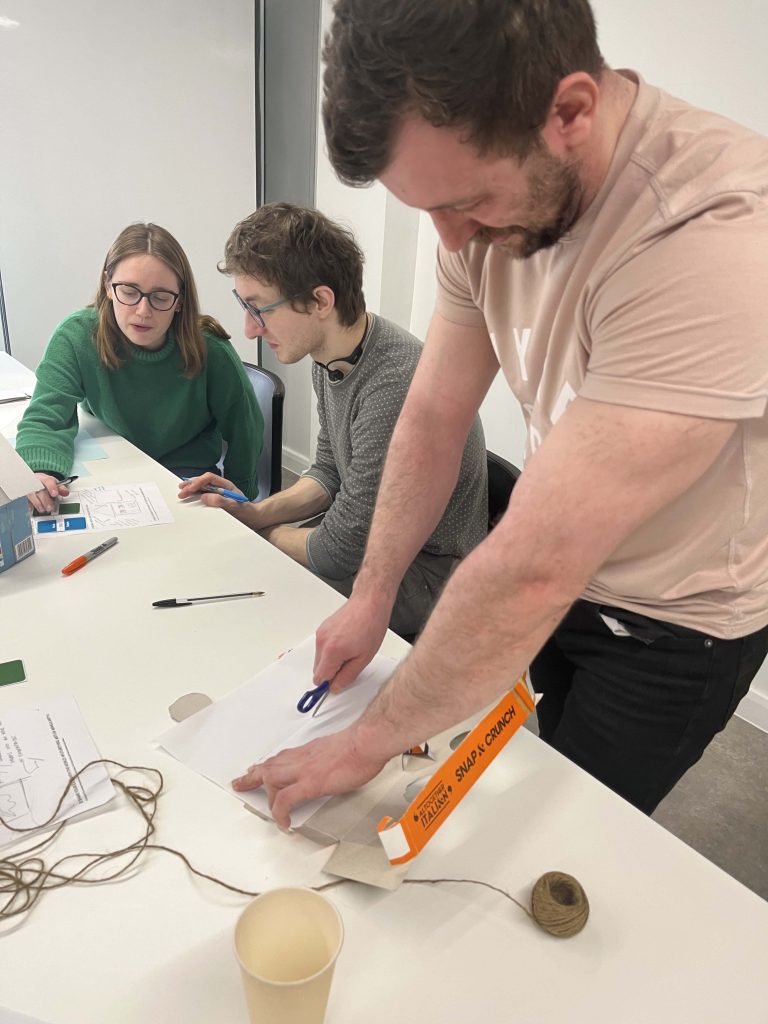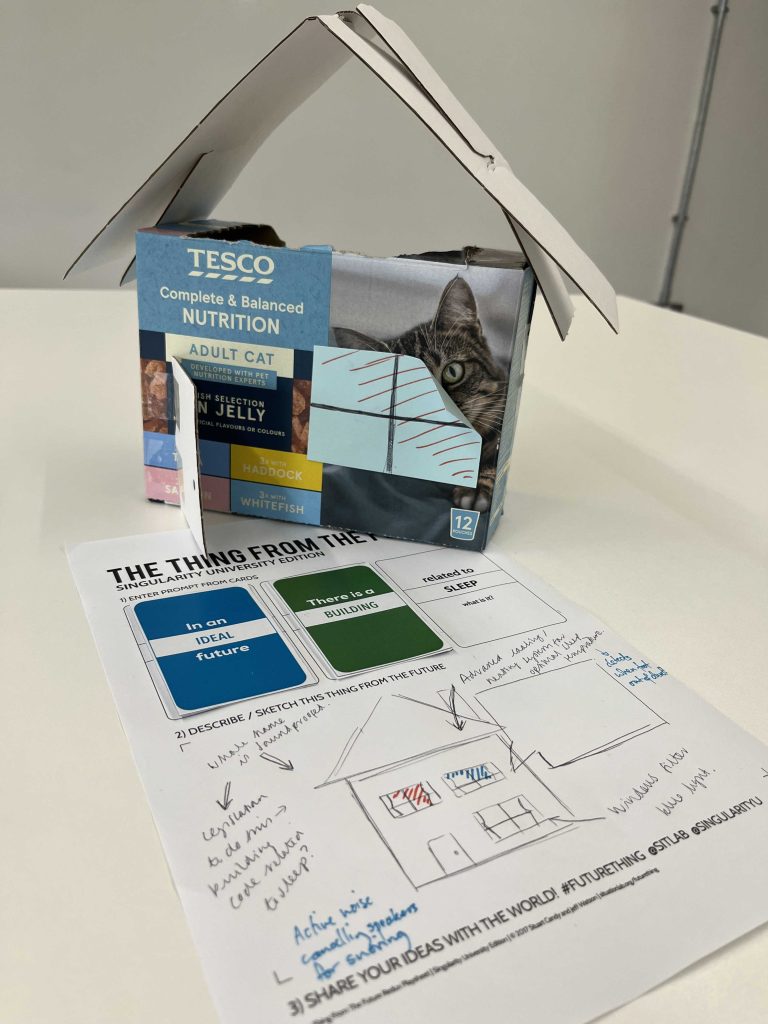I know I’m skipping ahead a bit, and I haven’t been posting about my actual concept development, but I want to cut to the chase and discuss the user-testing workshop I ran yesterday with 10 of my PDR colleagues.
I’ve been working on a number of possible ways to use speculative design to raise public awareness of the social and economic factors that affect whether people get enough sleep. I’d chosen three concepts and developed them to paper prototype – ie realistic visualisation – level. I’ll talk more about these in a future post. Here I want to focus on the workshop.
The workshop had two aims. The first was to gather ideas from people to find out what they believed played a role in whether they got enough sleep. The second was to see if speculative design “worked” by getting people thinking in creative ways about what they needed to get enough sleep.
I divided participants into two groups of five. Group A was tasked with brainstorming everything they felt had an impact on them getting enough sleep, whether positive or negative, and write their responses on sticky-notes. Their next job was to transfer the sticky-notes to a large version of the following diagram, to see what patterns emerged. The diagram features five concentric circles which represent different levels at which our environment (in the broadest sense of the word) impacts on our sleep: individual, sociodemographic, interpersonal, community and policy, and society.

I gave Group B a quick overview of my speculative design concepts for sleep justice. Then they played a simplified version of Situation Lab’s futures thinking activity, The Thing from the Future. They were given two sets of cards, one labelled Futures, which specified a particular kind of future (Green, Feminist, etc) and the other labelled Things (Building, Clothing Item, etc). They chose one card from each set to create a prompt for developing a sleep-related speculative design intervention. They prototyped their concepts using card and paper.
It was a lot to fit into an hour, but it worked, thanks to some very willing participants. Here are a couple of photos from the workshop.



The next step is to take the data (what was said, written and created in the workshop) and analyse it. One interesting output I can report on: looking at the sticky-note diagram, one participant commented: “There’s nothing in society [ie at societal level] that’s good for sleep, only bad for it.”